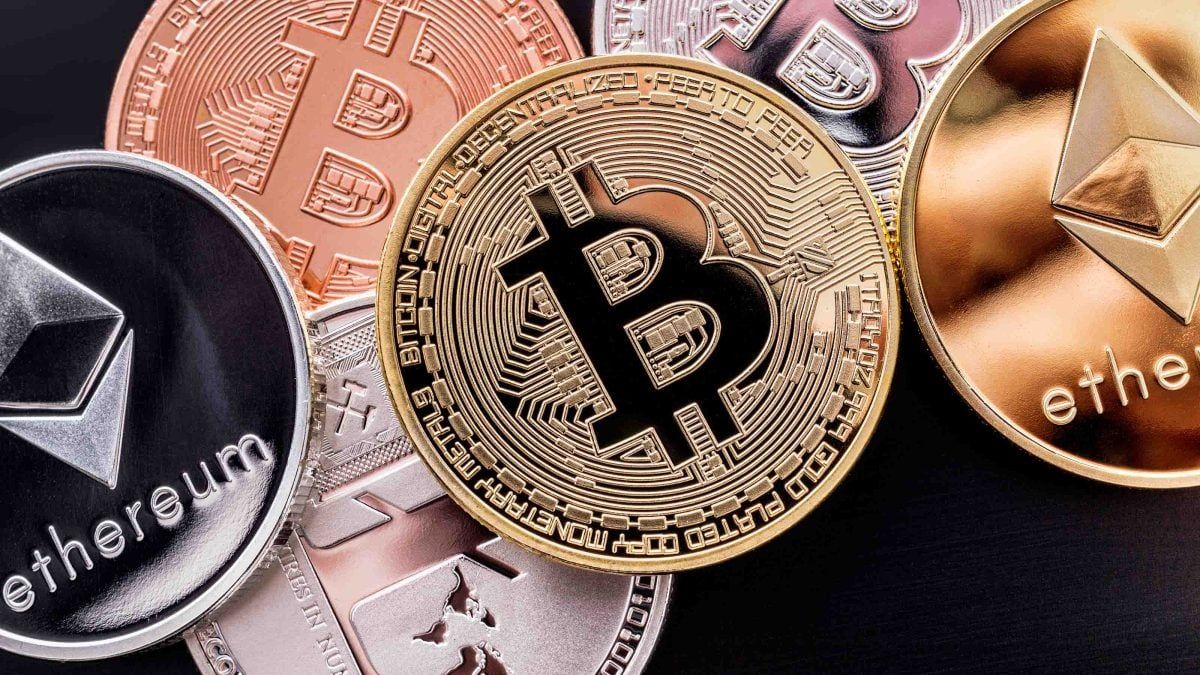Fed Policy Changes and Their Impact on Solana's Price Movements
- Fed's 2025 liquidity injections and leadership changes signal dovish shift, impacting global markets. - Solana's ecosystem benefits from increased liquidity, with TVL and transaction volume correlating to macro optimism. - Dovish signals drive capital toward risk-on assets like crypto, but inflation risks and policy uncertainty persist. - Fed's "barely restrictive" stance highlights balancing act between inflation control and systemic stability. - Investors must navigate macro-crypto linkages through div
Dovish Signals and Systemic Liquidity Pressures
Adding to the broader picture are leadership changes at the Federal Reserve, most notably

Macro-Crypto Linkages: Solana's Ecosystem Response
Although the Fed’s measures are mainly targeted at easing stress in traditional finance, their repercussions are felt in the crypto sector as well. Leading layer-one blockchains like Solana, which benefit from ample liquidity, have historically responded to shifts in monetary policy. While detailed on-chain data for Solana in November 2025 is not yet available, the general pattern suggests that increased liquidity often boosts demand for scalable blockchain solutions.
Dovish policy cues typically provide support for risk-oriented assets, including cryptocurrencies. As the Fed’s emergency actions help resolve liquidity shortages, investors may redirect funds toward sectors with high growth potential. Solana’s emphasis on rapid, affordable transactions and developer-friendly infrastructure makes it well-positioned to attract such investment. Additionally, the network’s total value locked (TVL) and transaction activity often rise in tandem with broader economic optimism, as observed during previous periods of liquidity expansion.
Strategic Implications for Investors
The relationship between Federal Reserve policy and the crypto market underscores the need for investors to understand macroeconomic trends when considering digital assets. Even indirect dovish signals can drive momentum in high-performance blockchain ecosystems by lowering the opportunity cost of riskier investments. For Solana, this translates to ongoing interest from both institutional and retail participants looking for scalable infrastructure.
Nonetheless, caution is warranted.
Conclusion
The Federal Reserve’s actions in November 2025—including emergency liquidity measures and leadership changes—indicate a subtle but important move toward a more accommodative policy stance. While these steps are largely precautionary, their effects on the crypto market, especially on high-performance networks like Solana, are significant. As liquidity dynamics shift, the ability to interpret macroeconomic developments and their impact on digital asset ecosystems will be crucial for successful investing in the year ahead.
Disclaimer: The content of this article solely reflects the author's opinion and does not represent the platform in any capacity. This article is not intended to serve as a reference for making investment decisions.
You may also like
Solana Latest Update: DEX Trading Activity Drops Sharply Amid CEX Feature Integration and Evolving Regulatory Landscape
- DEX on-chain volume dropped 21.6% to $952.29B weekly, pressured by CEX competition and U.S. regulatory shifts. - OKX launched in-wallet DEX trading (supporting Solana , Base) to unify centralized/decentralized trading, mirroring Coinbase/Binance strategies. - Solana DEX volume exceeded $5B daily while XRP/Solana ETFs gained traction, reflecting institutional crypto adoption amid regulatory easing. - BNB fell below $960 amid bearish patterns as DeFi expansion and tokenized products like yield-bearing XRP

Ethereum Moves 3x Faster Than Bitcoin, Study Says

Is Aster (ASTER) Poised for a Breakout? Key Bullish Pattern Formation Suggests So!

Newly Released Documents Detail Epstein’s Influence on Bitcoin’s Early Development
